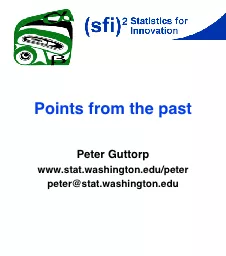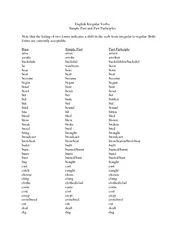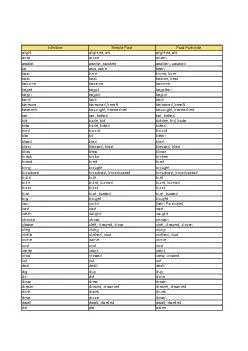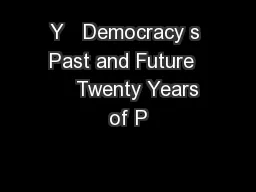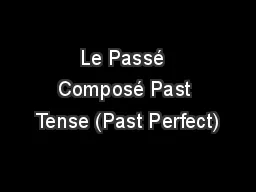PPT-Points from the past
Author : celsa-spraggs | Published Date : 2018-01-19
Peter Guttorp wwwstatwashingtonedu peter peterstatwashingtonedu Joint work with Thordis Thorarinsdottir Norwegian Computing Center The first use of a Poisson process
Presentation Embed Code
Download Presentation
Download Presentation The PPT/PDF document "Points from the past" is the property of its rightful owner. Permission is granted to download and print the materials on this website for personal, non-commercial use only, and to display it on your personal computer provided you do not modify the materials and that you retain all copyright notices contained in the materials. By downloading content from our website, you accept the terms of this agreement.
Points from the past: Transcript
Download Rules Of Document
"Points from the past"The content belongs to its owner. You may download and print it for personal use, without modification, and keep all copyright notices. By downloading, you agree to these terms.
Related Documents

